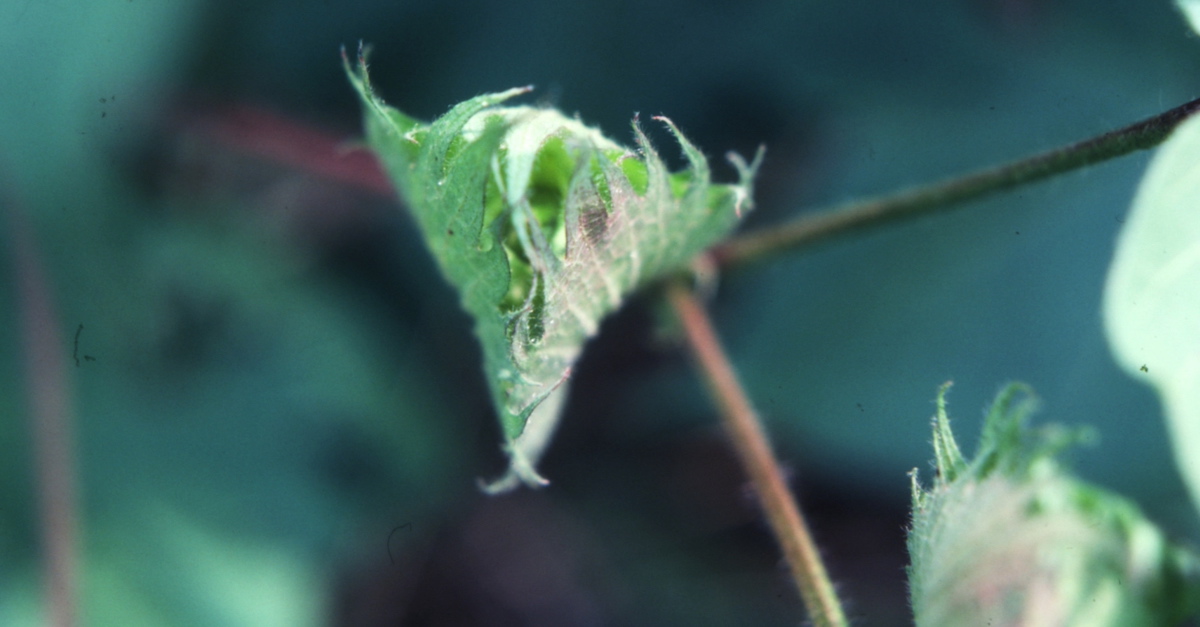A Breakthrough That Could Spark Flood-Resistant Cotton
With flooding devastating the livelihoods of so many cotton growers in Pakistan and Thailand in recent months, the search for a flood-resistant variety carries with it an extra sense of urgency. A discovery announced last week by a genetics professor in California glimmers with that hope.
Dr. Julia Bailey-Serres says there is a “good probability” that the finding by her team at the University of California at Riverside and the University of Nottingham could potentially be applied to cotton, as genes are closely related across plant species.
She and her team say they have identified a molecular mechanism that allows plants to sense low oxygen levels to survive flooding. The mechanism controls key plant proteins, causing them to be unstable when oxygen levels are normal. When roots or shoots are flooded and oxygen levels drop, the proteins stabilize.
“I’m optimistic that what we have learned will allow us to improve flooding tolerance in crops that are sensitive to stress,” Serres said in an interview with Cotton International. “It will take more than a decade to get this to the farmers’ field, because things take a lot more time if it’s transgenic.”
Serres’s research is behind the high-yielding, flood-resistant rice variety Swarna-Sub1, which was introduced in 2009 and adopted at record rates in Southeast Asia. She and her lab identified a cluster of related genes that controls a submergence-tolerant trait called Sub1A, found only in some low-yielding rice varieties in India and Sri Lanka.
The breakthrough enabled scientists at the International Rice Research Institute to breed the gene into the new rice variety.
She adds: “It may be that in some crops, we can even find a natural version of a gene encoding these proteins that’s been manipulated by Mother Nature. Then we can just use breeding, because in essence that’s what we did with rice, without really understanding that it was escaping this mechanism. There’s a lot of genetic diversity in crops, so we can possibly consider [its application to cotton.]”










